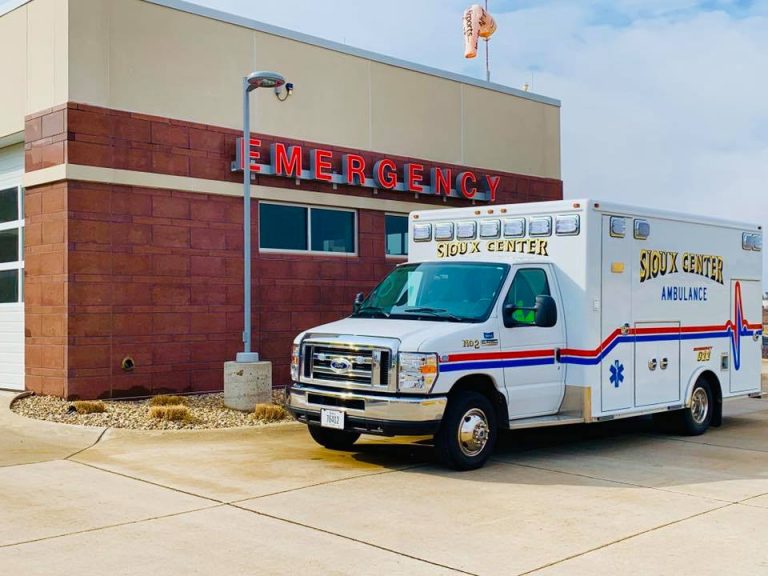Northwest Iowa — The dry conditions may be causing fire hazards and causing concern if there will be enough moisture for next year’s crop, but one positive is how much of the harvest is complete already.
We asked Iowa State University Extension and Outreach Agronomist Joel De Jong how harvest is going in northwest Iowa.
(as said:) “It’s really hard to find an existing soybean field that hasn’t been harvested at this stage of the game. Once in a while I’ll get into a neighborhood and see one, but the soybeans are pretty much done. I think the last crop report said we had over 60 percent of the corn harvested in this crop reporting district. I get into several neighborhoods that look like it’s over 80% to me. So, you know and other neighborhoods only 50, so I think probably around Sheldon knowing their history, I would suspect it’s probably that upper percentage rather than a lower percentage. So we’re making great progress, even though it’s still really early in the month of October.”
According to statistics from the USDA, last year — while it was a wet fall — only six percent of corn had been harvested by this date, and only 14 percent of the soybeans. On average, harvest doesn’t really near completion until the second or third week of November.
But, because it’s been so dry, De Jong says that’s affected yields.
(as said:) “Particularly in soils that aren’t as good as other soils. I think this was the year that different soil types are paying the bill. Soils that hold water better definitely have performed better. I’ve had some producers tell me they’ve had really good yields. I’ve had others that have told me that yields really are pretty weak this year. It just depends on how much we had in the soil profile. We started the year with a lot of water in storage. We used a lot of that water that we had in storage. If we created some rooting problems, we couldn’t utilize it as well. And if we didn’t have soils that held water as well we had more problems, but you know overall I think most people are pleased with the yields considering how little rainfall we had this year.”
We asked De Jong how much this dry period will affect subsoil moisture and next year’s crop. He says that for the answer, he would have to peer into his crystal ball a little, but he gave us his best prognostication.
(as said:) “I think for a lot of our soils if we want to be back into the place where we were when we started this spring which meant the gas tank was pretty full — we’d probably need about 10 to 12 inches of rainfall that will infiltrate before we get to those crops really be needing that in the month of June. Otherwise, we’re going to be much more reliant on timely rainfalls next year than we were this year. So I would suspect our members are very low. It’s the first of November before I go out and I pull my soil moisture samples. So I’m going to wait until then but for much of northwest Iowa I think we’re going to need a significant number of inches of rain to put us in a situation where we can handle the dry weather during the growing season next year without it we’re at much bigger risk this next year than we were this year. “
In the last crop report, it said that 84 percent of the northwest Iowa subsoil moisture measuring stations reported subsoil moisture was short or very short.












